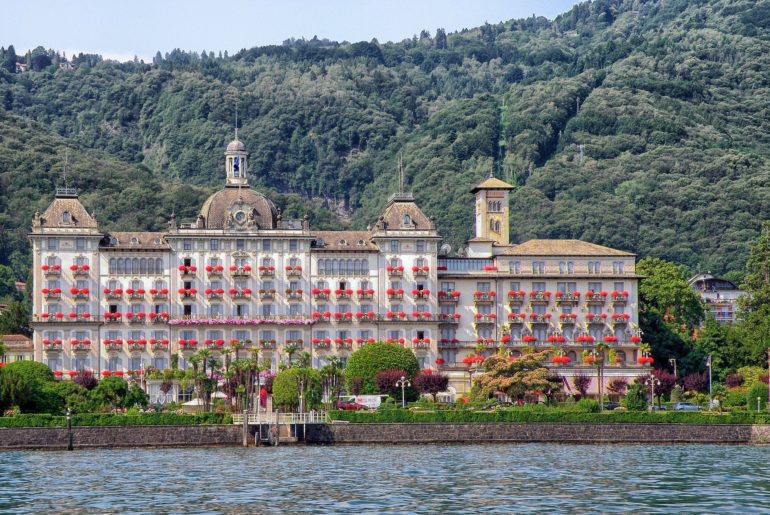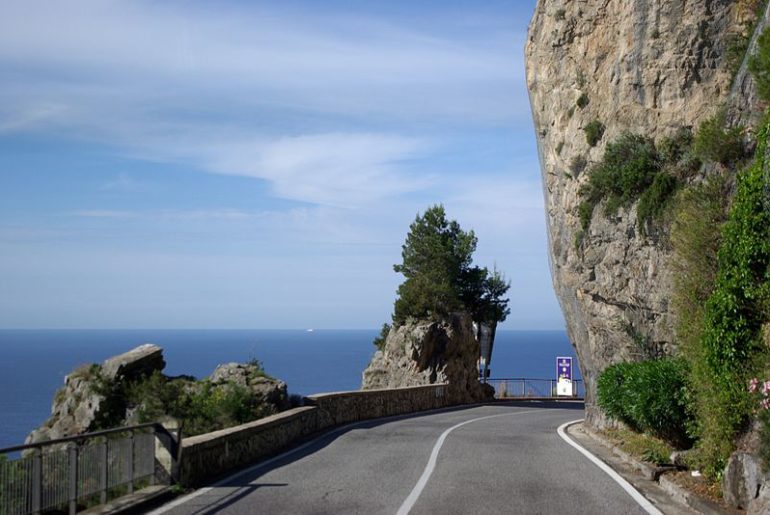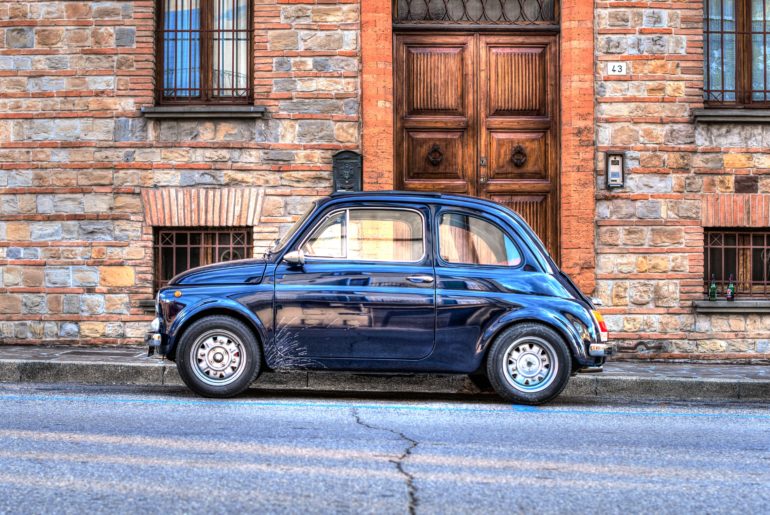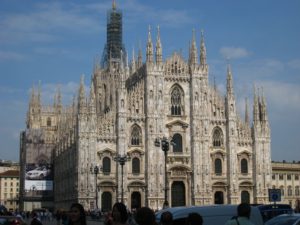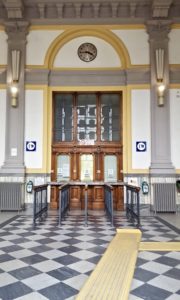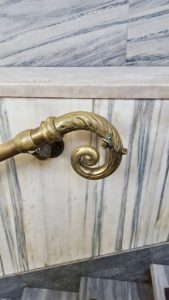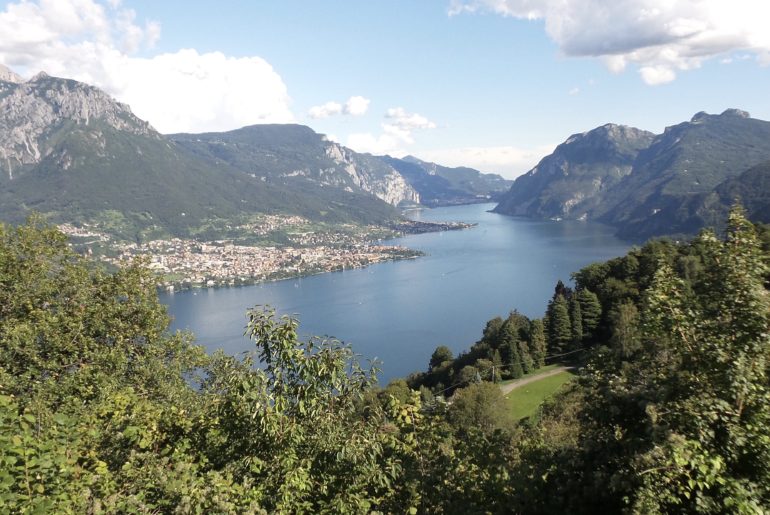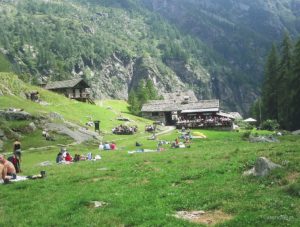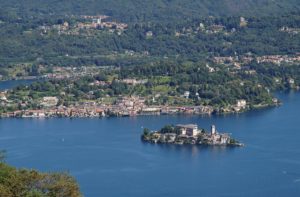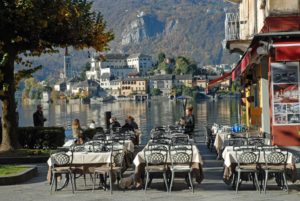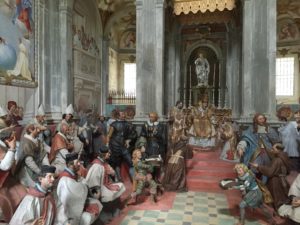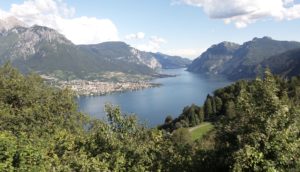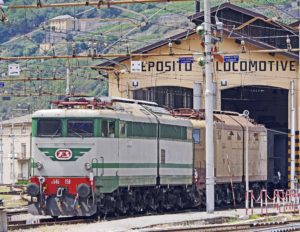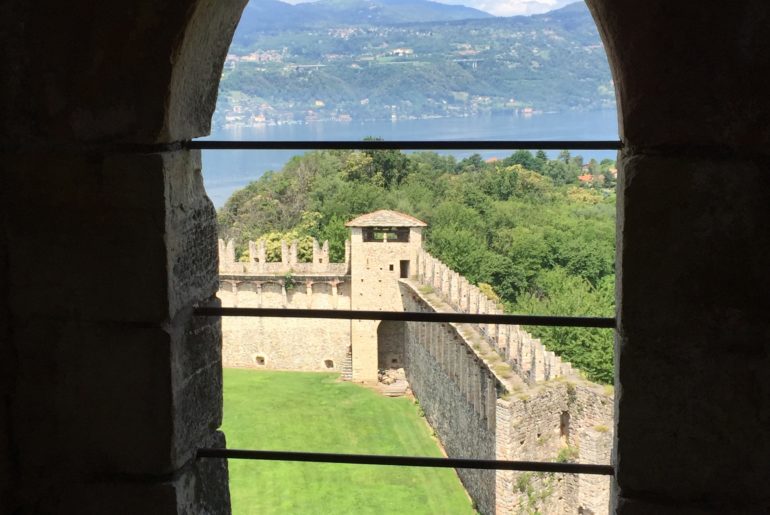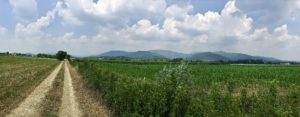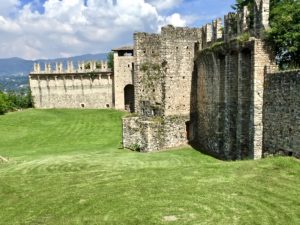A Home Away From Home
Whether I travel with my family, a group or alone, farmhouses –agriturismo- are my favourite types of accommodations in Italy.
An Agriturismo as well as a Relais such as the one below, set the mood for any vacation. Imagine waking up in a century old villa, or spending some time visiting and even helping out on a working farm. Perhaps indulging in a spa in a XVI century castle.
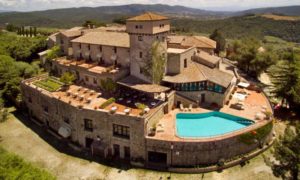
Beautifully attended rooms with all the amenities yet surrounded by farms, rolling vineyards or century old woods. Often prices are less than hotels and because you are in the outskirts of town you will feel more relaxed, alive and immerse. You’ll feel at home.
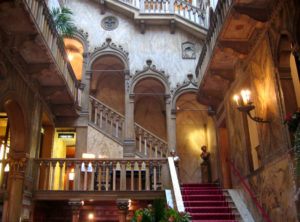
Choose you accommodations wisely
Often you will need a car if you plan to stay in these places. If the plan was to only see Italy by train you’ll need to rethink your trip or your accommodations.
If you have no alternative but to use the public transportation, hotels in the cities are easier for your travels.
Some agriturismi may be able to shuttle you to town or lend you bicycles, but it makes it somewhat more expensive to only rely on shuttles and taxis to get to and from. Everything is possible but often it’ll come with a price.
Book Hotels in the City Only as a Must
If you have a car on the other hand, I would discourage anyone from staying in hotels in the cities. Parking is at a premium. Most cities have ZTL (zones where traffic is limited) if not restricted all together.
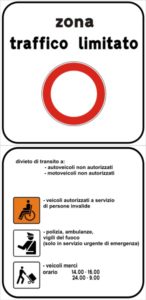
The traffic itself is heavy even if you may know where you are going. Some hotels are in such old buildings that don’t even offer parking at all. In most cases you book hotel through booking sites, you find a great deal on the room but the parking costs are not mentioned. And, if they do offer parking, sometimes you may have to walk a few blocks to an authorized parkade. Street parking is impossible at best and you’ll likely get a ticket.
Florence for instance is €68 for a parking infraction. I once helped a client who at all costs wanted to stay in downtown Florence. I found the hotel for the price he wanted but the parking was extra- 35€ per night extra, at that time. The problem was also that the garage was quite far and the concierge had to book a pick up time at least two hours before my client needed the car. Hardly convenient, but like most centri storici (an old part of town) the buildings were built way before cars were invented.
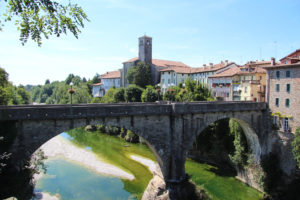
Other options of course are AirBnB and VRBO but even then if they are in the city core, parking may come at a premium. Plus, you have to pay in advance and often have no cancellation refund policies. Still, it’s a good alternative for some.
Things to Know Before Booking in an Agriturismo or Farmhouse
When planning your trip, check out the locations and areas you want to visit, and then find an agriturismo that is central, yet has all the amenities that you need.
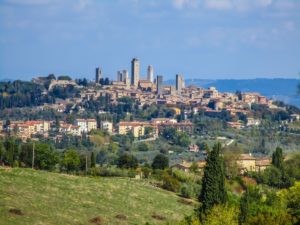
You would want to change accommodations as less often as possible on your holiday, so a well located place makes all the difference. Also, some places may require a minimum night’s stay. So, the more nights you stay, sometimes the lower the nightly rate.
Ask Questions
It’s also a good idea to check what’s included in the daily rate. At some places, the meals are included, and in others just the breakfast. Some are rooms only, others may offer full kitchens. If they offer meals, they may ask you in advance what your meal preferences are.
Once, I stayed in a farmhouse that included a full meal plan (breakfast, lunch, and dinner), and because we were sightseeing during the day they prepared beautiful lunches to take in beautiful picnic baskets. However, that’s not always the case. Always just ask first. And if you are planning to be away lots, maybe a half meal plan or no plan at all is better for you.
Many places offer a lot more than a place to sleep. Research the agriturismo and see what else they offer. You might modify your stay because of the extra curricular activities that they offer. You’ll never know what they have in store for you. Cooking classes, horseback riding or even… picking olives.
Agriturismi are in the countryside and far enough from the centers that a car is necessary. If you don’t have one, make sure that they have a shuttle or some kind arrangement with a transport company. Tour guides will pick you up as well and I’ve arranged for bikes or mopeds to be delivered by rental companies in advance for customers to use.
Ask More Questions…
In many places, English is spoken very well. So although you can book online, I would recommend calling them personally and asking all the questions before booking. Because often, they are family owned and not franchises, the individual on the other line is always very helpful, as negative ratings don’t help their business. So, get acquainted with them. Sometimes prices are better when you call as opposed to simply booking online.
Your Holiday. Make it the Best Ever
Accommodations are a big part of your experience as well as a good chunk of your budget therefore spend the right enough time and money so that your holiday is not ruined by it. The more you research the region and the type of accommodation the easier it is in the long run to enjoy a truly amazing adventure.
‘Till then… Buon Viaggio
Don’t forget to read other favorite posts from Italiaboud.com.
Are you travelling to Italy and are interested in my assistance, or would like to comment on my post? Just drop a line below or contact me privately at info@italiabound.com.


